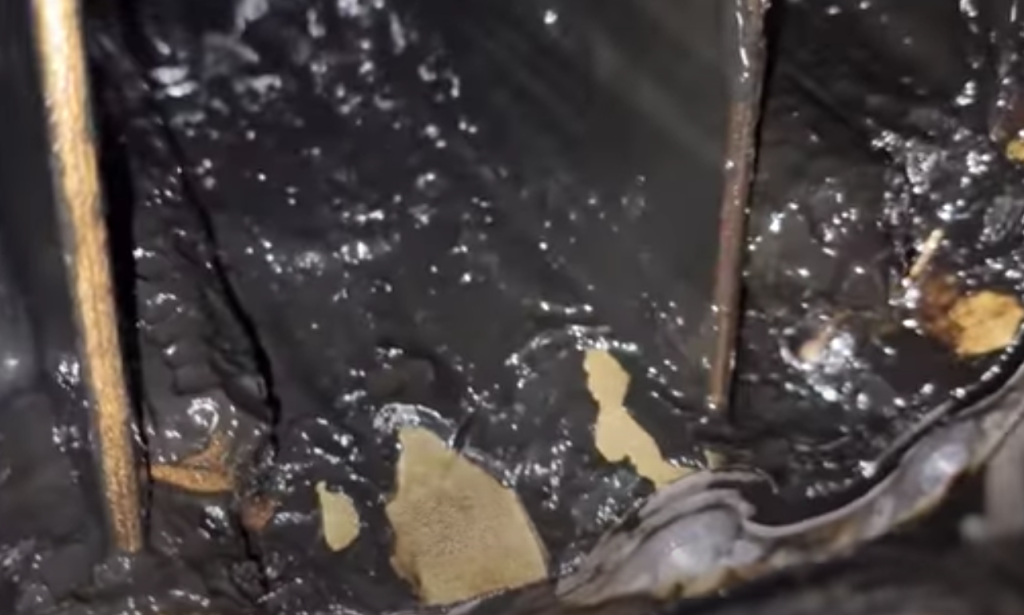
Look Inside: Ford Power Stroke Diesel with Catastrophic Damage
What you’re seeing is an example of either maintenance neglect or long periods of idling. As such, this is likely not to look like the insides of your 6.7-liter Power Stroke diesel engine. Or, any engine for that matter. But you can see the effects of a diesel engine that spent a majority of its time idling or running low-speed activity.
With only 27,000 miles on it this diesel engine looks like it has hundreds of thousands more

This diesel engine was used in a 2016 Ford F550 with only 27,000 miles on it. It was a tow rig that saw long periods of idle. Scheduled service maintenance seems to have been minimal. Of course, with less than 30,000 miles on the ticker, one would not expect their engine was preparing to turn into junk.
What should have happened in an application like this is for a maintenance schedule that chronicles its long periods of idling. More frequent oil and filter changes, and replacing coolant, would all have helped avoid this failure. Especially diesel engines are much tougher on oil than gasoline engines.
Here’s what Ford recommends for long durations of idle

We’ve taken screenshots of the Ford Boss Me YouTube channel to show what it discovered after digging into the PowerStroke. Ford says that one hour an engine idles is the equivalent of driving 25 miles. For a vehicle that regularly idles five or six hours at a time on a regular basis then 30 days is the recommended oil change interval.
To help toward achieving that goal Ford installs hour meters in its trucks. Looking inside of the oil pan you can see all of the gunk, with the oil pickup almost completely blocked. The dark grey color indicates the oil is past its useful life. That color shows the oil has lost its lubrication value. It is instead picking up microscopic bits of metal.
That turbo is toast, indicating no lubrication. With the heat and high RPMs generated by a turbocharger, sufficient lubrication is critical. Oil was being squeezed out of gaskets and breathers because there was no place to go. Pressure gets built up and the remaining oil seeks out new paths.
This diesel engine is junk!
While we only get a glimpse of the engine compartment, it is covered in oil. The black, sticky stuff has been flung everywhere. The owners brought the truck in wonder why white smoke was coming out of the exhaust and there were puddles of oil when the truck was parked. Here’s why kiddies.
From appearances, it looks like this engine is a goner. Cleaning out the dirty oil, cleaning up the oil pickup screen, and replacing some of the gaskets and turbochargers might extend the truck’s life. But at this advanced stage of damage, a short block might be a better, though a more expensive way to go.



